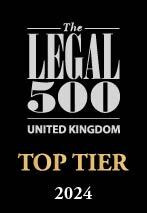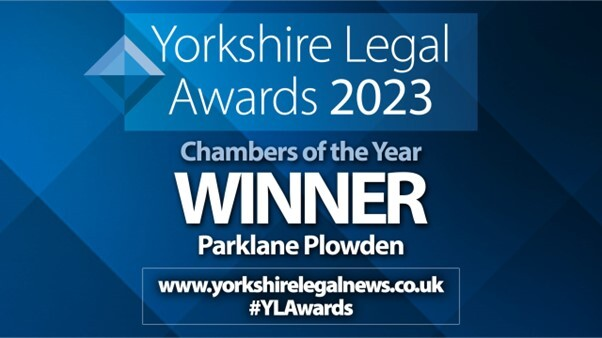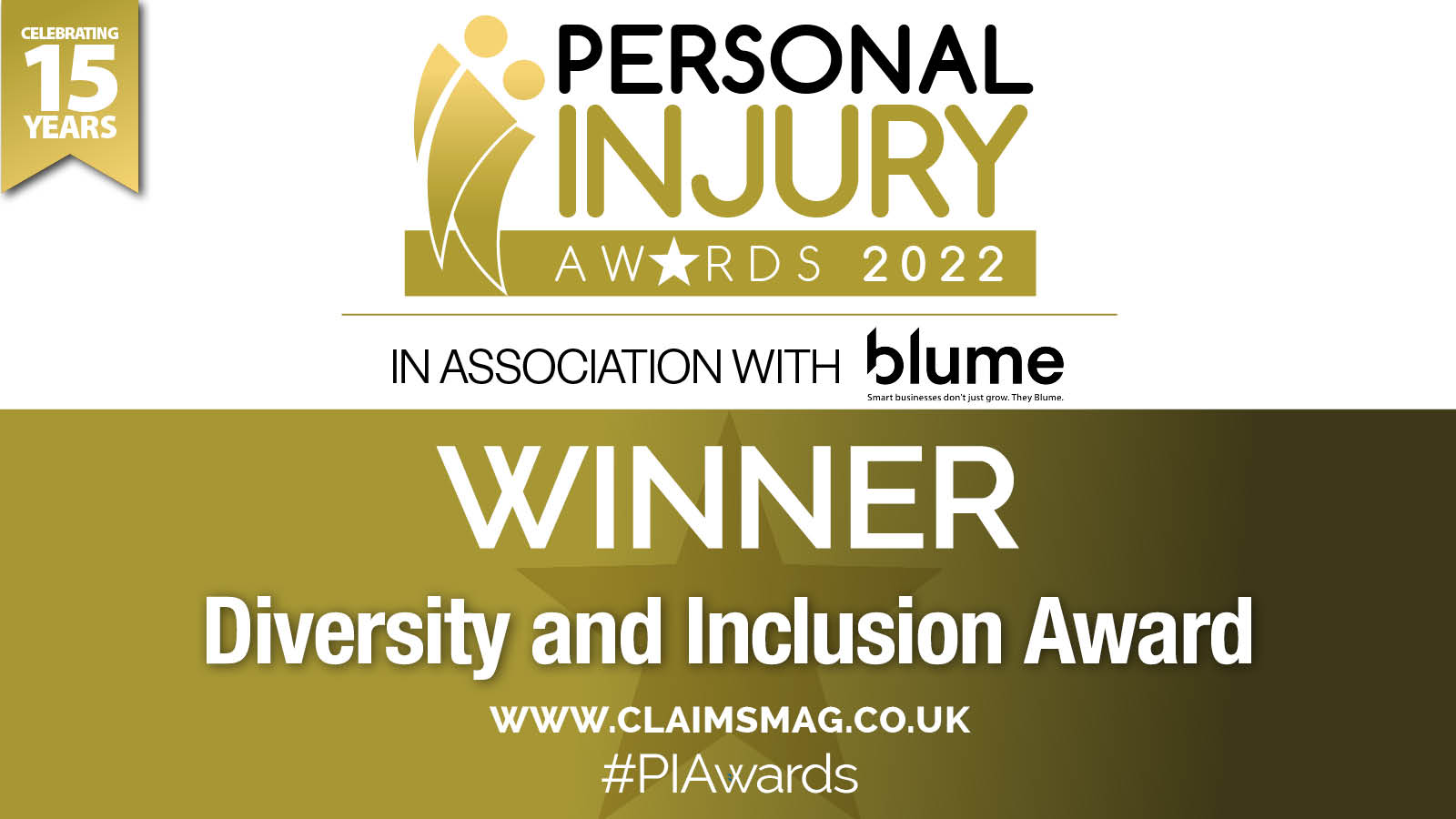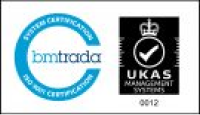<!-- wp:paragraph -->
<p>On 4 September 2021 a young man sadly died whilst being held in police custody after he swallowed a large plastic bag filled with cocaine and heroin.</p>
<!-- /wp:paragraph --><!-- wp:paragraph -->
<p>Immediately prior to his death, the man, a drug dealer, had been searched and arrested on grounds of possession of a small quantity of drugs. However, whilst being held in the rear of a police van, CCTV footage showed him to produce from his trouser pocket a further undiscovered much larger quantity of drugs and which he placed in his mouth.</p>
<!-- /wp:paragraph --><!-- wp:paragraph -->
<p>Upon the realisation by the police of that fact in the custody suite, the man inhaled the bag and died from obstruction of his airways despite the attempts of the public ambulance service and the private ambulance service, for whom Emma acted, to resuscitate him.</p>
<!-- /wp:paragraph --><!-- wp:paragraph -->
<p>Potential criticisms at the 2- week jury inquest before Senior Coroner for East London Mr Graeme Irvine centred on failures by the police to identify the bag of drugs in the initial search and on the ambulance services for failing to resuscitate the man. </p>
<!-- /wp:paragraph --><!-- wp:paragraph -->
<p>The jury heard extensive witness evidence over a number of days including from the Home Office pathologist and from a witness giving evidence from Thailand, in respect of which issues of the decision in <a href="https://www.judiciary.uk/guidance-and-resources/practice-direction-taking-evidence-from-overseas-in-cases-before-the-special-immigration-appeals-commission/"><em>Agbakiaka</em></a> (<em>evidence from abroad; Nare guidance</em>) [2021] UKUT 286 (IAC) were engaged.</p>
<!-- /wp:paragraph --><!-- wp:paragraph -->
<p>Their findings were that the police’s conduct, by failing to perform a thorough search contributed to the man’s death as did his own conduct for swallowing the bag of drugs.</p>
<!-- /wp:paragraph --><!-- wp:paragraph -->
<p>In respect of the ambulance services, the jury found that by the time of their arrival the man was not breathing, had no pulse and was in cardiac arrest. His chance of survival was accordingly very poor and there had been no contribution by the ambulance services to his death.</p>
<!-- /wp:paragraph --><!-- wp:paragraph -->
<p>Whilst a sad case for all concerned, from a practitioner’s perspective the inquest is of interest because of issues raised by it as to medical causation and contribution to a death as well as the nature of both the search and resuscitation protocols to be followed by the emergency services.</p>
<!-- /wp:paragraph --><!-- wp:paragraph -->
<p>Emma Bennett is an experienced advocate with a previous background of criminal trial advocacy in the most serious cases. She has appeared in a number of high profile and factually complex inquests over the last 12 months. Details of her recent work can be found in her chambers profile <a href="https://www.parklaneplowden.co.uk/our-barristers/emma-bennett/">here</a>.</p>
<!-- /wp:paragraph --><!-- wp:paragraph -->
<p>Emma was instructed by Director, <a href="https://dwfgroup.com/en/people/r/rebecca-wyld">Rebecca Wyld</a> at DWF who is highly respected for her work in inquests and inquiries on behalf of public and private bodies in the healthcare sector.</p>
<!-- /wp:paragraph --><!-- wp:paragraph -->
<p>The case has received attention in the press including by the <a href="https://www.bbc.co.uk/news/uk-england-london-68034516">BBC</a> the <a href="https://www.standard.co.uk/news/crime/police-watchdog-man-choked-drugs-death-met-police-custody-b1133620.html">Evening Standard</a>, on the <a href="https://www.policeconduct.gov.uk/news/met-officer-failed-properly-search-or-monitor-man-who-died-custody-after-choking-drugs">police conduct website</a> and the <a href="https://www.doughtystreet.co.uk/news/jury-find-police-failings-contributed-death-man-police-custody">website</a> of the lawyers who appeared for the family. </p>
<!-- /wp:paragraph -->







